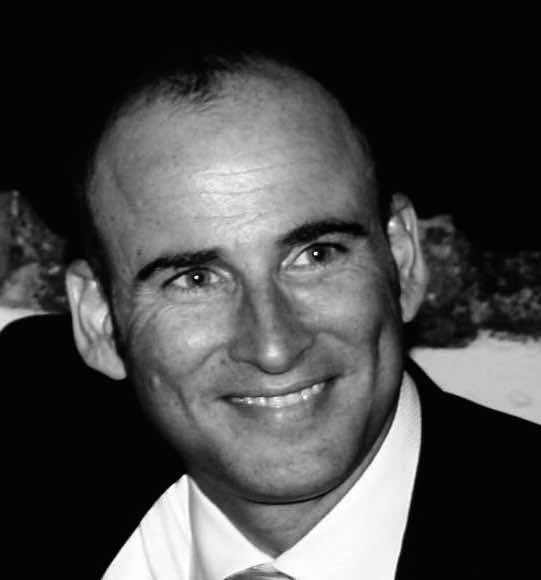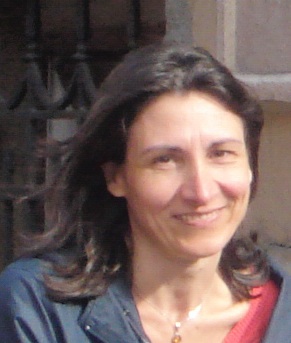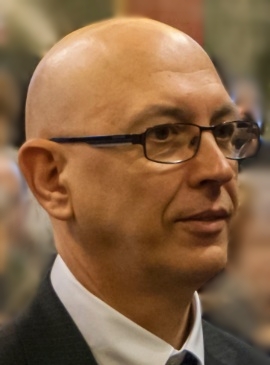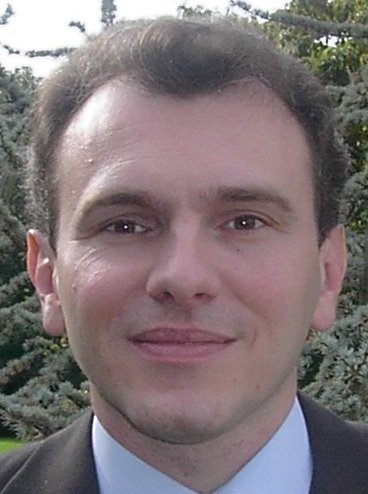Studying at the University of Verona
Here you can find information on the organisational aspects of the Programme, lecture timetables, learning activities and useful contact details for your time at the University, from enrolment to graduation.
Academic calendar
The academic calendar shows the deadlines and scheduled events that are relevant to students, teaching and technical-administrative staff of the University. Public holidays and University closures are also indicated. The academic year normally begins on 1 October each year and ends on 30 September of the following year.
Course calendar
The Academic Calendar sets out the degree programme lecture and exam timetables, as well as the relevant university closure dates..
| Period | From | To |
|---|---|---|
| I semestre | Oct 4, 2010 | Jan 31, 2011 |
| II semestre | Mar 1, 2011 | Jun 15, 2011 |
| Session | From | To |
|---|---|---|
| Sessione straordinaria | Feb 1, 2011 | Feb 28, 2011 |
| Sessione estiva | Jun 16, 2011 | Jul 29, 2011 |
| Sessione autunnale | Sep 1, 2011 | Sep 30, 2011 |
| Session | From | To |
|---|---|---|
| Sessione autunnale | Oct 20, 2010 | Oct 20, 2010 |
| Sessione straordinaria | Dec 14, 2010 | Dec 14, 2010 |
| Sessione invernale | Mar 23, 2011 | Mar 23, 2011 |
| Sessione estiva | Jul 18, 2011 | Jul 18, 2011 |
| Period | From | To |
|---|---|---|
| All Saints | Nov 1, 2010 | Nov 1, 2010 |
| National holiday | Dec 8, 2010 | Dec 8, 2010 |
| Christmas holidays | Dec 22, 2010 | Jan 6, 2011 |
| Easter holidays | Apr 22, 2011 | Apr 26, 2011 |
| National holiday | Apr 25, 2011 | Apr 25, 2011 |
| Labour Day | May 1, 2011 | May 1, 2011 |
| Local holiday | May 21, 2011 | May 21, 2011 |
| National holiday | Jun 2, 2011 | Jun 2, 2011 |
| Summer holidays | Aug 8, 2011 | Aug 15, 2011 |
Exam calendar
Exam dates and rounds are managed by the relevant Science and Engineering Teaching and Student Services Unit.
To view all the exam sessions available, please use the Exam dashboard on ESSE3.
If you forgot your login details or have problems logging in, please contact the relevant IT HelpDesk, or check the login details recovery web page.
Should you have any doubts or questions, please check the Enrollment FAQs
Academic staff
 giuseppe.diguglielmo@univr.it
giuseppe.diguglielmo@univr.it
 luigi.diguglielmo@univr.it
luigi.diguglielmo@univr.it
Eleuteri Michela
 massimo.guerriero@univr.it
massimo.guerriero@univr.it
 gino.mariotto@univr.it
gino.mariotto@univr.it
 luca.vigano@univr.it
luca.vigano@univr.it
Study Plan
The Study Plan includes all modules, teaching and learning activities that each student will need to undertake during their time at the University.
Please select your Study Plan based on your enrollment year.
1° Year
| Modules | Credits | TAF | SSD |
|---|
2° Year activated in the A.Y. 2011/2012
| Modules | Credits | TAF | SSD |
|---|
3° Year activated in the A.Y. 2012/2013
| Modules | Credits | TAF | SSD |
|---|
Un insegnamento a scelta tra i seguenti:| Modules | Credits | TAF | SSD |
|---|
| Modules | Credits | TAF | SSD |
|---|
| Modules | Credits | TAF | SSD |
|---|
Un insegnamento a scelta tra i seguenti:Legend | Type of training activity (TTA)
TAF (Type of Educational Activity) All courses and activities are classified into different types of educational activities, indicated by a letter.
Computer Graphics (2011/2012)
Teaching code
4S00043
Teacher
Coordinator
Credits
6
Also offered in courses:
- Scientific visualization of the course Bachelor's degree in Bioinformatics
Language
Italian
Scientific Disciplinary Sector (SSD)
INF/01 - INFORMATICS
Period
II semestre dal Mar 1, 2012 al Jun 15, 2012.
Learning outcomes
This course aims at providing the student with the tools needed
to master the algorithms and computational methods upon which
many interactive computer graphics applications are based. The
focus is on understanding the theory (geometry, radiometry) and
the computational issues (algorithms, programming) that lie
behind computer generated images.
Program
1. Introduction to Computer Graphics (2h)
- CG paradigms
- Outline of a CG application
- Course outlook
2. Mathematical background (5h)
- Vector and affine spaces
- Matrices and transforms
- Analytical geometry
- Polygons
- Geometric data structures
3. Geometric Modeling (4h)
- Polygonal meshes
- Parametric surfaces (hints)
- Constructive Solid Geometry (hints)
- Spatial subdivision (hints)
4. Illumination and rendering (3h)
- Introduction: ray casting
- Phisical model: radiometry, BRDF, rendering equation
5. Illumination models (4h)
- Phong model
- Cook-Torrance model (hints)
- Light sources
- Ray tracing: Whitted's model, intersections, culling techniques
- Radiosity
6. Rasterization (6h)
- Geometric transformations
- Clipping
- Hidden surfaces removal: list-priority, depth-buffer
- Scan conversion
- Shading: Flat, Phong e Gouraud
- The OpenGL rendering pipeline
- Multi-pass techniques
7. Mapping techniques (3h)
- Texture mapping
- Bump mapping
8. Photorealism (3h)
- Reflection maps
- Light maps
- Geometric shadows
- Transparency
9. Volumetric rendering (2h)
- Direct: ray casting, voxel splatting, shear-warp
- Isosurfaces extraction
10. Laboratory (24 h)
- Introduction to OpenGL programming
Examination Methods
Written essay (20/30) and programming project (10/30)
Type D and Type F activities
Modules not yet included
Career prospects
Module/Programme news
News for students
There you will find information, resources and services useful during your time at the University (Student’s exam record, your study plan on ESSE3, Distance Learning courses, university email account, office forms, administrative procedures, etc.). You can log into MyUnivr with your GIA login details: only in this way will you be able to receive notification of all the notices from your teachers and your secretariat via email and soon also via the Univr app.
Graduation
List of theses and work experience proposals
| theses proposals | Research area |
|---|---|
| Analisi e percezione dei segnali biometrici per l'interazione con robot | AI, Robotics & Automatic Control - AI, Robotics & Automatic Control |
| Integrazione del simulatore del robot Nao con Oculus Rift | AI, Robotics & Automatic Control - AI, Robotics & Automatic Control |
| Domain Adaptation | Computer Science and Informatics: Informatics and information systems, computer science, scientific computing, intelligent systems - Computer graphics, computer vision, multi media, computer games |
| Domain Adaptation | Computer Science and Informatics: Informatics and information systems, computer science, scientific computing, intelligent systems - Machine learning, statistical data processing and applications using signal processing (e.g. speech, image, video) |
| BS or MS theses in automated reasoning | Computing Methodologies - ARTIFICIAL INTELLIGENCE |
| Domain Adaptation | Computing Methodologies - IMAGE PROCESSING AND COMPUTER VISION |
| Domain Adaptation | Computing methodologies - Machine learning |
| Dati geografici | Information Systems - INFORMATION SYSTEMS APPLICATIONS |
| Analisi e percezione dei segnali biometrici per l'interazione con robot | Robotics - Robotics |
| Integrazione del simulatore del robot Nao con Oculus Rift | Robotics - Robotics |
| BS or MS theses in automated reasoning | Theory of computation - Logic |
| BS or MS theses in automated reasoning | Theory of computation - Semantics and reasoning |
| Proposte di tesi/collaborazione/stage in Intelligenza Artificiale Applicata | Various topics |
| Proposte di Tesi/Stage/Progetto nell'ambito dell'analisi dei dati | Various topics |
Attendance
As stated in the Teaching Regulations for the A.Y. 2022/2023, attendance at the course of study is not mandatory.
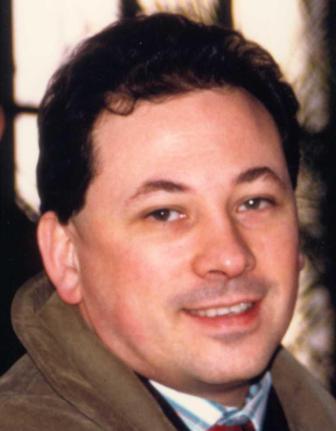
 +39 045 802 7980
+39 045 802 7980
